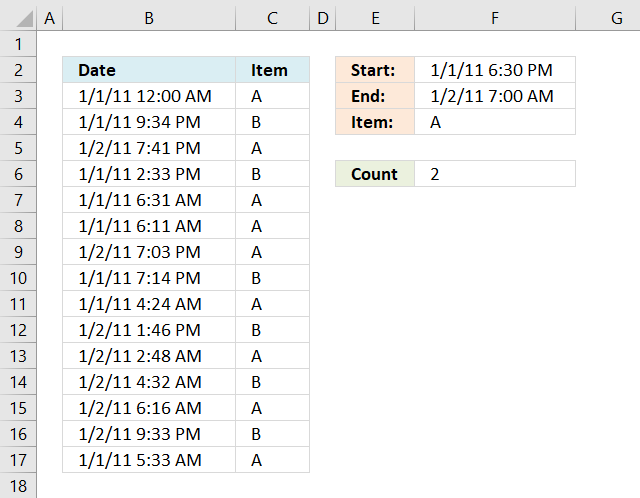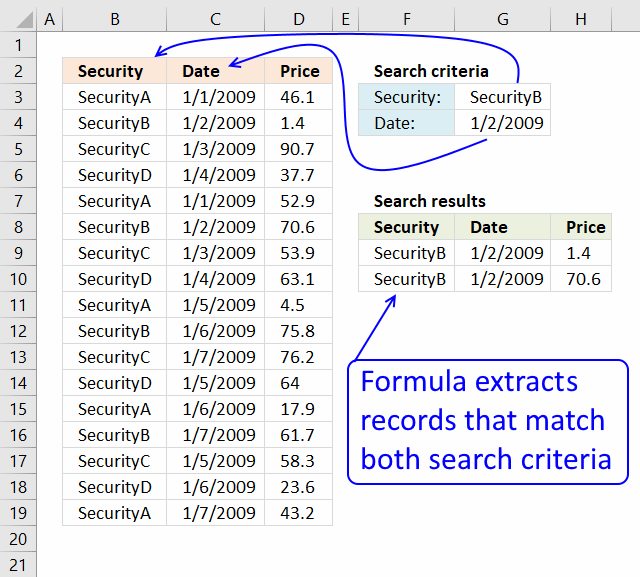

Notice I specify the arguments my function will take (in this case stationID ) and the logic for my function. =LAMBDA(stationID, LEFT(RIGHT(stationID,LEN(stationID)-FIND("-",stationID)),FIND("-",RIGHT(stationID,LEN(stationID)-FIND("-",stationID)))-1)) Using LAMBDA, I can create a function named GETLOCATION, and put the formula logic in the definition for that function. It’s also hard to use this logic in combination with other logic, like if I want to take the station ID and do a lookup based on the calculated location.
SORT A COLUMN BY OCCURRENCE COUNT IN EXCEL FOR MAC VERSION 16 UPDATE
If I find this error and want to fix it, I then need to go back to every cell where I used that logic and update it. If for example, there are some station IDs that look like this “105532-872332-WA-73”, my formula would not work with those. Additionally, there’s added risk whenever you have complex formulas repeated over & over again as opposed to defined just once and then referenced.

Station IDsįor example, imagine I have a list of station IDs, where the state is encoded in the ID, and I want to pull that value out: It offers convenience and reduces the risk of errors. Create libraries for any pieces of logic you plan to use multiple times. With LAMBDA, you have re-use and composability. This can make it hard for others to read and understand what’s going on, put you more at risk of errors, and make it hard to find and fix the errors. One of the more challenging parts of working with formulas in Excel is that you often get fairly complex formulas that are re-used numerous times through the sheet (often by just copy/pasting). I’ll also show an example below of how you can leverage this to build things that were not possible before without writing script. This is something that before, was only possible in Excel through script (like VBA/ JavaScript). If you create a LAMBDA called MYFUNCTION for example, you can call MYFUNCTION within the definition of MYFUNCTION. Reusable functions is reason enough to start taking advantage of LAMBDA, but there’s one more thing… you can do recursion. Then anywhere in your sheet, you can refer to MYFUNCTION, re-using that custom function throughout your sheet.

With LAMBDA, you can take any formula you’ve built in Excel and wrap it up in a LAMBDA function and give it a name (like “MYFUNCTION”). For folks with a computer science background, you’re probably already familiar with the concept of lambdas, and the introduction of LAMBDA makes the Excel formula language Turing Complete. Moreover, one function can call another, so there is no limit to the power you can deploy with a single function call. In contrast, LAMBDA allows you to define a custom function in Excel’s own formula language. Excel already allows you to define custom functions, but only by writing them in an entirely different language such as JavaScript.

Simply put, LAMBDA allows you to define your own custom functions using Excel’s formula language. Excel formulas are the world’s most widely used programming language, yet one of the more basic principles in programming has been missing, and that is the ability to use the formula language to define your own re-usable functions. Today we are releasing to our Beta customers a new capability that will revolutionize how you build formulas in Excel.


 0 kommentar(er)
0 kommentar(er)
